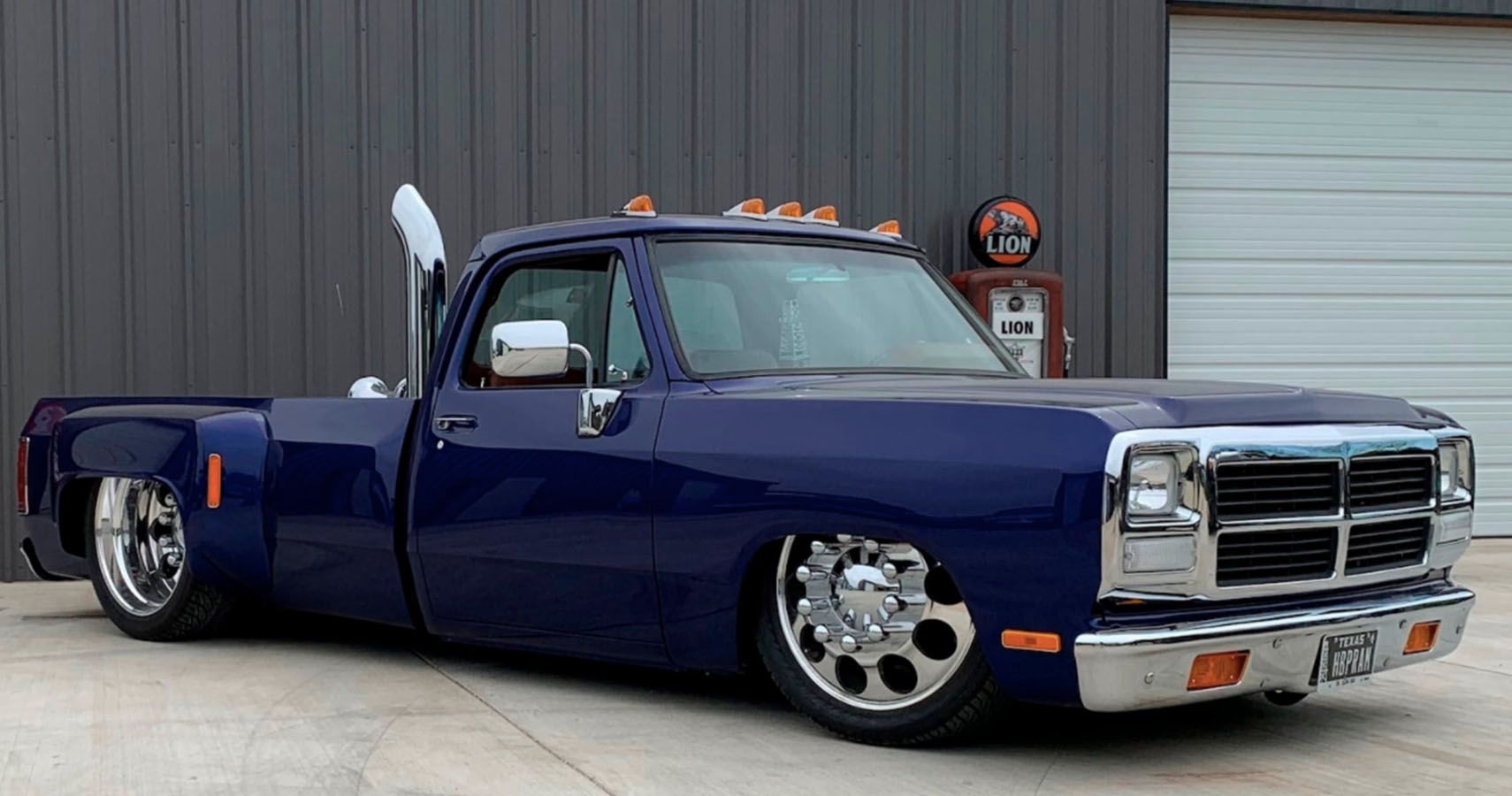

Now, that's fast! It's got 1082 lumens and it will run at that level for more than 3 hours, unlike other flashlights that boast high lumens, but will barely last! In eco-mode, the ML150LR will go for 79 hours nonstop with usable light. What's the point of a rechargeable flashlight if it takes forever to recharge? Well, the ML150LR Rechargeable LED Flashlight by Maglite will recharge to 80% in a half hour.

TWISTIT SIZE 10 STOPPER FREE
The bundle also includes a free Home Risk Assessment Checklist published by American Tactical Defense. System includes: charging cradle, 120V wall converter (home), and 12v DC adapter (auto), a Maglite M元00L 4 D-Cell LED Flashlight, A Gerber Multi-Tool with carrying case, and a Home Risk Assessment Checklist. The distance scale on the 17-35mm (right) is on the lens’s focus ring, and you can see that the lens is focused quite close, at around 0.5 meters.Includes: One black ML150LR LED Rechargeable Flashlight. The distance scale on the 70-200mm (left) is under a cover, and you can see that the lens is focused somewhere between 10 meters and infinity. So at one end of the scale, you’ll find the infinity symbol, and at the other end, you’ll find the lens’s minimum focusing distance (i.e., the closest the lens can focus).Ĭheck out the two lenses below. These lens numbers indicate the distance at which your lens is currently focused. On some – but not all! – lenses, you will see a range of distances, usually marked in two scales, feet and meters. These variable maximum apertures are pretty common with kit lenses, and especially kit lenses with a large focal length range such as 28-300mm or 18-200mm. But if I zoom all the way to 35mm, my maximum aperture becomes f/4.)

(At the lens’s widest, 17mm, I can open the aperture to f/2.8. What does this mean? It’s simple: the maximum aperture on the 85mm lens is f/1.8, and on the Tamron zoom, the maximum aperture changes from f/2.8 to f/4 as you zoom the lens. On the Tamron, you should see “1:2.8-4,” and on the 85mm, you should see “1:1.8.” In the photo below, you can see two different lenses: my Tamron 17-35mm and my Canon 85mm.

On the front of the lens inside the filter ring area.You can usually find this information in one of two places (or perhaps even in both): Now, pretty much every lens has the maximum aperture written somewhere on its body. (Note that some zoom lenses have a variable maximum aperture, where the maximum aperture will change depending on the focal length this is represented as a range of numbers, such as f/3.5-6.3.) So the best lenses – and the most expensive lenses – tend to offer a very wide maximum aperture. Larger apertures like f/2.8 or even f/1.8 are highly desirable because they allow you to shoot in low-light conditions while maintaining a fast shutter speed. Note that the larger the aperture opening, the smaller the f-number (so f/2.8 corresponds to a very wide aperture, while f/22 corresponds to a very small aperture). The maximum aperture is the largest aperture opening your lens is capable of achieving. For example, if your lens is a 70-200mm zoom like mine (below), you’ll see markings that span from 70mm to 200mm. Next to this ring, you’ll generally find focal length numbers. Zoom lenses feature a zoom ring twist it, and your lens will zoom in and out. In this section, I’ll discuss numbers frequently found on newer lenses (though note that many will apply to old lenses, as well!). Common numbers on newer digital lensesĭepending on the age of your lens, you’ll run into different markings. I’ll explain what the numbers actually mean, and I’ll also explain why they matter for your photography.īy the time you’re finished, you’ll be a lens number expert, and you’ll never find yourself confused by your lens markings again. That’s why, in this article, I’m going to run through all the important camera lens numbers you’ll encounter. Camera lenses include quite a few numbers – and many of these are often confusing or obscure, especially for beginners.


 0 kommentar(er)
0 kommentar(er)
